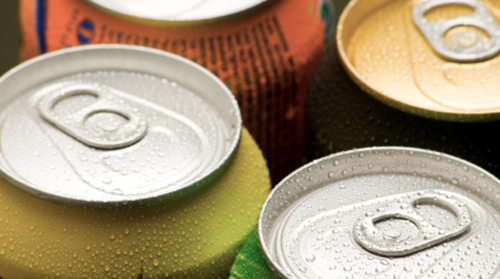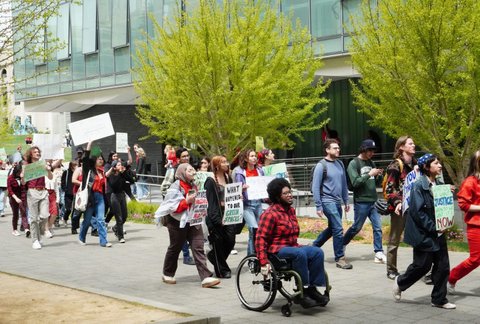
18 Oct More Adolescents in California are Drinking Sugary Beverages
News Report, Viji Sundaram|New America Media
Even as the consumption of sugary drinks among young children in California is beginning to decline, a study released today shows a significant spike among adolescents.
The study found that fully 65 percent of children between 12 and 17 drink soda and other sugary drinks every day, which is an 8 percent spike since 2005, when the study began.
In the seven-year study, researchers at the California Center for Public Health Advocacy (CCPHA) and the UCLA Center of Health Policy Research found that there was in fact an overall drop by 11 percent in the consumption of sugary beverages by young people, but when they teased the numbers, they found that there was a decline in consumption among children under 11 and an increase in consumption among adolescents, noted CCPHA’s executive director Dr. Harold Goldstein, one of two authors of the study.
How did this happen?
“We got sodas out of schools and out of licensed child care centers, but a loophole in the state law allowed sports drinks in middle schools and high schools,” Goldstein said, adding sarcastically: “As if there’s a need to replace electrolytes in teens for carrying their backpacks.”
More than 40,000 California households were interviewed by the California Health Interview Survey (CHIS) for the study titled, Still Bubbling Over: California Adolescents Drinking More Soda and Other Sugar-Sweetened Beverages.
Adolescents responded for themselves, but parents spoke on behalf of younger children.
Researchers found that at respectively 73 percent and 74 percent, Latino and African American teens drank more sweetened beverages than their Asian (63 percent) and white (56 percent) counterparts in recent years.
Goldstein believes that this can be blamed in large part on the beverage industry’s practice of “specifically marketing” sugary beverages to teens of color using such celebrities as Beyoncé, Shaq O’Neal and Janet Jackson to endorse those products on the air, drawing the wrath of health advocacy groups.
While the average teen sees 406 TV ads for sugary drinks each year, African American teens see 90 percent more ads, Goldstein said. Between the years 2008 and 2010, Spanish language TV ads for sugary beverages doubled, he said.
“Television shows that have a high proportion of Latino and African American teen viewers have a higher proportion of soda ads,” said Dr. Susan Babey, a senior research scientist at the UCLA Center for Health Policy Research, who co-authored the study.
The study does not directly examine the causes for the sugary spike among teens, but one reason could be that unlike in younger children where parents can control what and how much their offspring drink, teens tend to make their own decisions in those areas.
The researchers warned that if this consumption trend among teens continues, there would be serious health consequences, something that is already happening nationwide. Bodies, they asserted, were not designed to handle large amount of sugars. The liquid sugars are converted into fat in the liver and that contributes to the onset of diabetes.
In 1998, 9 percent of teens had diabetes or pre-diabetes. In 2008, it went up to 23 percent, according to Goldstein, who pointed out that diabetes is the leading contributor to a rise in the nation’s health care costs.
The researchers acknowledged that there is no “silver bullet” to change the sugary beverage consumption habits of youngsters, but California should draw a lesson from its 1998 tobacco tax initiative, which resulted in a 50 percent drop in smoking rates among all age groups and ethnicities by 2011.
“If the tax were large enough, it would discourage people from consuming sugary beverages,” Babey asserted.






No Comments